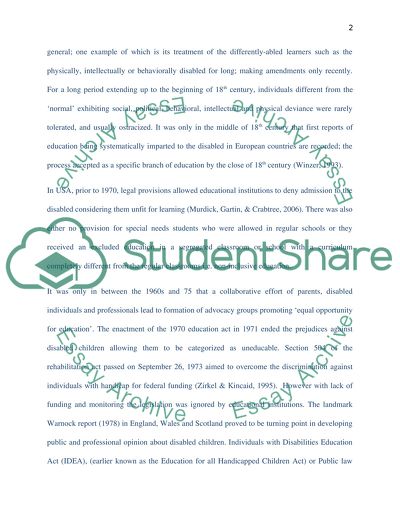Cite this document
(“Inclusion Term Paper Example | Topics and Well Written Essays - 2250 words”, n.d.)
Retrieved from https://studentshare.org/other/1428976-inclusion
Retrieved from https://studentshare.org/other/1428976-inclusion
(Inclusion Term Paper Example | Topics and Well Written Essays - 2250 Words)
https://studentshare.org/other/1428976-inclusion.
https://studentshare.org/other/1428976-inclusion.
“Inclusion Term Paper Example | Topics and Well Written Essays - 2250 Words”, n.d. https://studentshare.org/other/1428976-inclusion.


